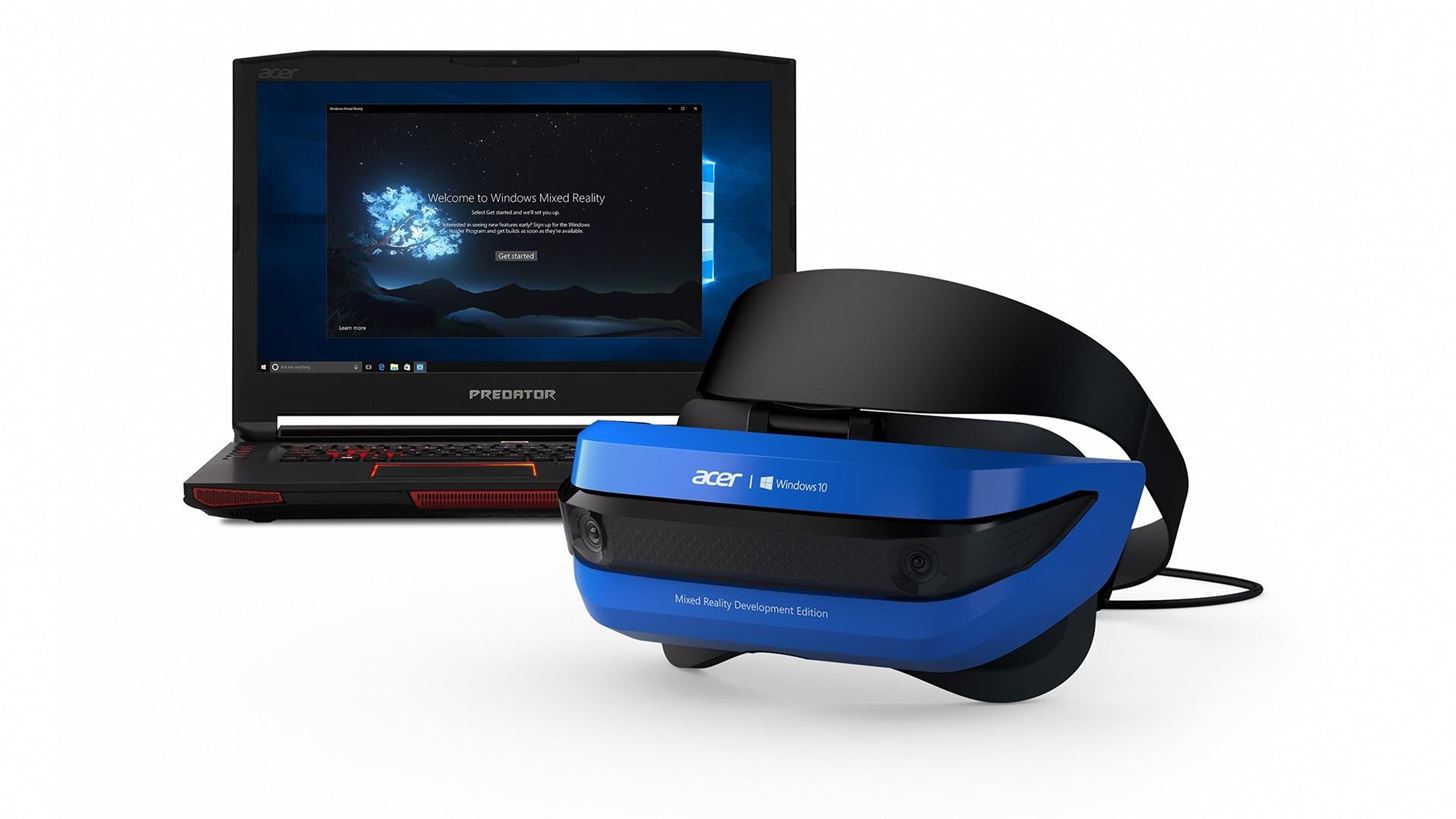I've read and heard many definitions of mixed reality (MR) and there's a lot of confusion.
A few misconceptions I've come across:
- An MR device is one that understands its environment, but sparse point clouds don't count.
- Or maybe, it's when a user is looking through transparent screens, a pass through camera means its AR.
- Wait, no, it's that experience that's in between augmented and virtual reality.
- Or it could be that it's just a marketing term, like it just means "more-better reality."
None of these are correct.
What's the real answer here? It's simple: MR is any experience that, well, mixes real and virtual elements. You can do this by starting with a virtual world and bringing in real-world elements, or starting with the real world and bringing in virtual elements.
This means that VR is MR. It mixes reality by using real-world sensor data and by bringing real objects into a virtual environment, as is done with the Vive controllers.
Augmented reality is MR, because it overlays virtual elements onto the real world. Google Glass is also MR, but that explanation is a separate post.
MR is a continuum with the real world on one end and the virtual world on the other. Our industry gains a lot by defining it this way.
Do you think we should bring real objects into virtual worlds, or virtual objects into real worlds? This definition moves us away from conversation about whether Project Tango is MR, towards conversations about how we should mix our realities.
What are your thoughts on the terminology? Send me a message with your thoughts.
If you're the type that enjoys going over semantics, Paul Milgram and Fumio Kishino wrote a paper back in the 90s that defined the term. Read it here.

